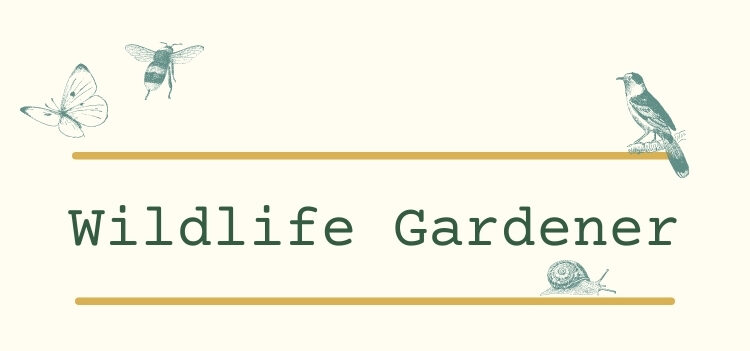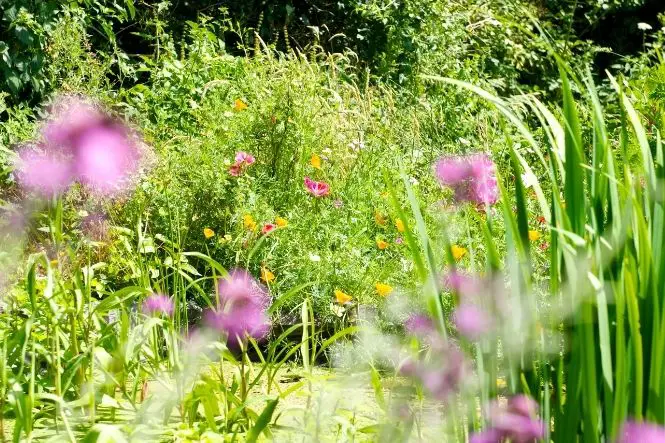For those who have decided to adapt their ornamental garden pond into a pond which will attract wildlife it will bring a lot of added colour and excitement to your garden and will improve the ecological balance too, given that many wetland areas which were previously home to a vast range of species have been built upon or have been drained, so a wildlife garden can be a refuge. And, to convert an ornamental pond into one that will harbour wildlife does not take too much effort.
Designing A Pond For Wildlife
Whether you have a large or a small garden pond, it’s important that you incorporate different shallows and depths to the pond to make it a suitable place if you want to attract a wide range of wildlife creatures. Sloping sides are useful so that the likes of frogs and other creatures can get in and out more easily and some plants grow better than others in shallower waters. Unlike some of the ponds you can buy for fish, most animals need to have access to water without the danger of falling in which is another reason why slopes and shallows need to be considered. Include decent sized rocks, tree branches and floating plants in this area, to prevent wildlife creatures from drowning. Line the pond with rubber or plastic pond liner. Plastic tends to be cheaper but rubber is more durable. At the edge of the garden pond, you need to ensure that any edging materials you use will not create an obstacle to an animal trying to get in or out of the water and you can use slate, brick, rocks, concrete and even grass as your edging material in the garden .
Where To Put Your Pond
The pond should be located in an area of the wildlife garden where it can receive at least 4 hours of direct sunlight each day. Many animals rely on the heat generated by the sun in close proximity to where they come to drink water or to bathe and the sun is also vital if aquatic plants are going to grow successfully. You should also avoid garden areas where there is lot of cover from overhanging tree branches.
Maintenance Of Your Wildlife Pond
A wildlife pond doesn’t require as much maintenance as, say, a fish pond which may require a filtration system. As it’s shallower, simple routine maintenance is adequate. All you need to do is to keep on top of any debris that might fall into the pond from trees or from other sources in the garden and to keep it topped up with fresh water as it will evaporate more quickly given that it’s shallower. Watch out for algae too. Some people recommend aquatic plants which are submerged beneath the water to be better for reducing the build up of algae.
Consider the Wildlife That Will Inhabit the Pond
Depending on the kind of wildlife you wish to attract, you may want to incorporate some additional features. For example, amphibians, like frogs and toads, alongside birds and insects will take advantage of sitting on lily pads in the garden pond and certain bird species will perch on plant stems which rise vertically out of the water. Moist earth at the edge of the pond will also be attractive to certain species of birds who will use it to help with the construction of their nests.
For many gardeners, a wildlife pond is the final piece of the ‘jigsaw’ when it comes to considering the beauty of their garden and, with the presence of wildlife added to it, it often brings gardeners closer to nature and provides a home for wildlife.

